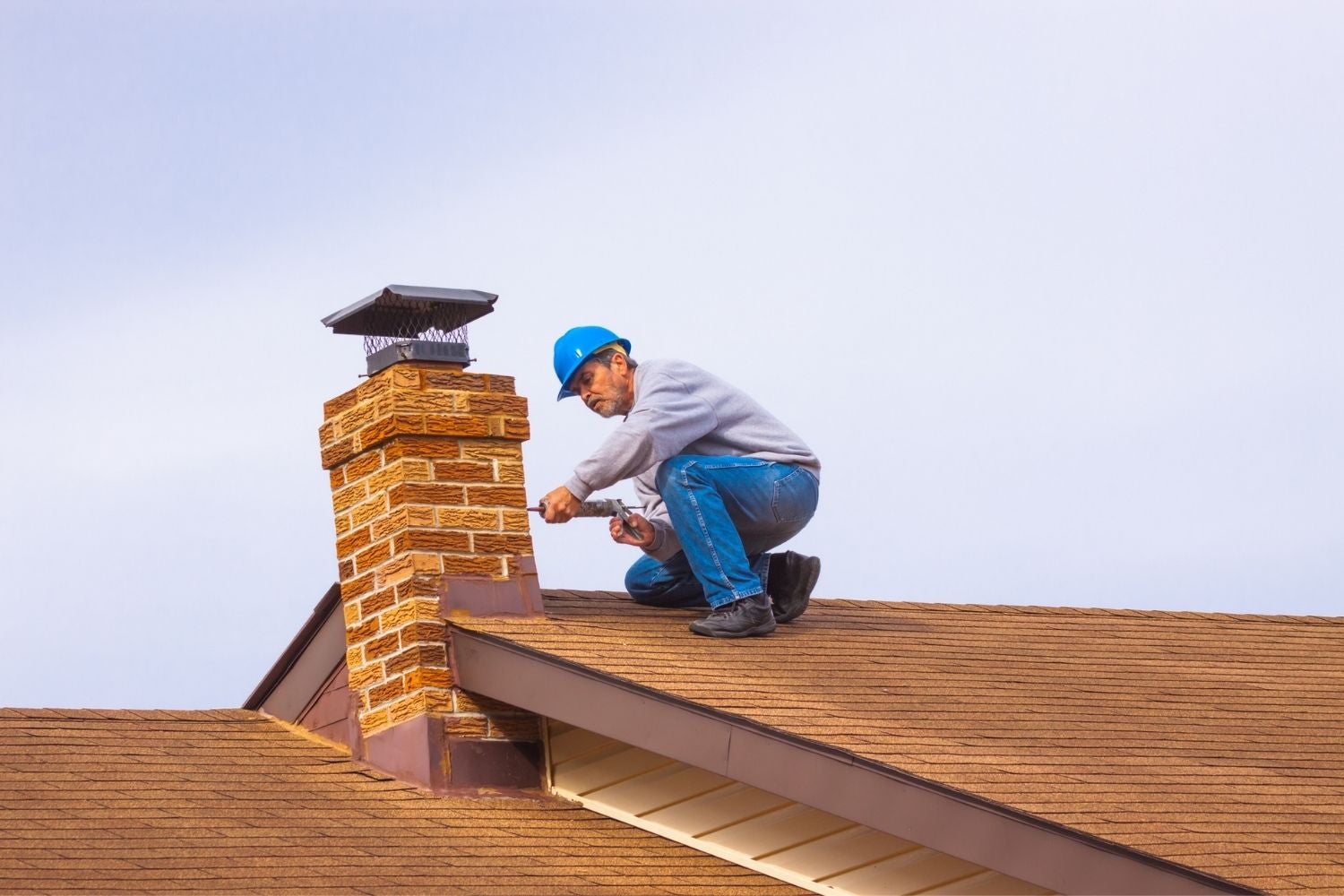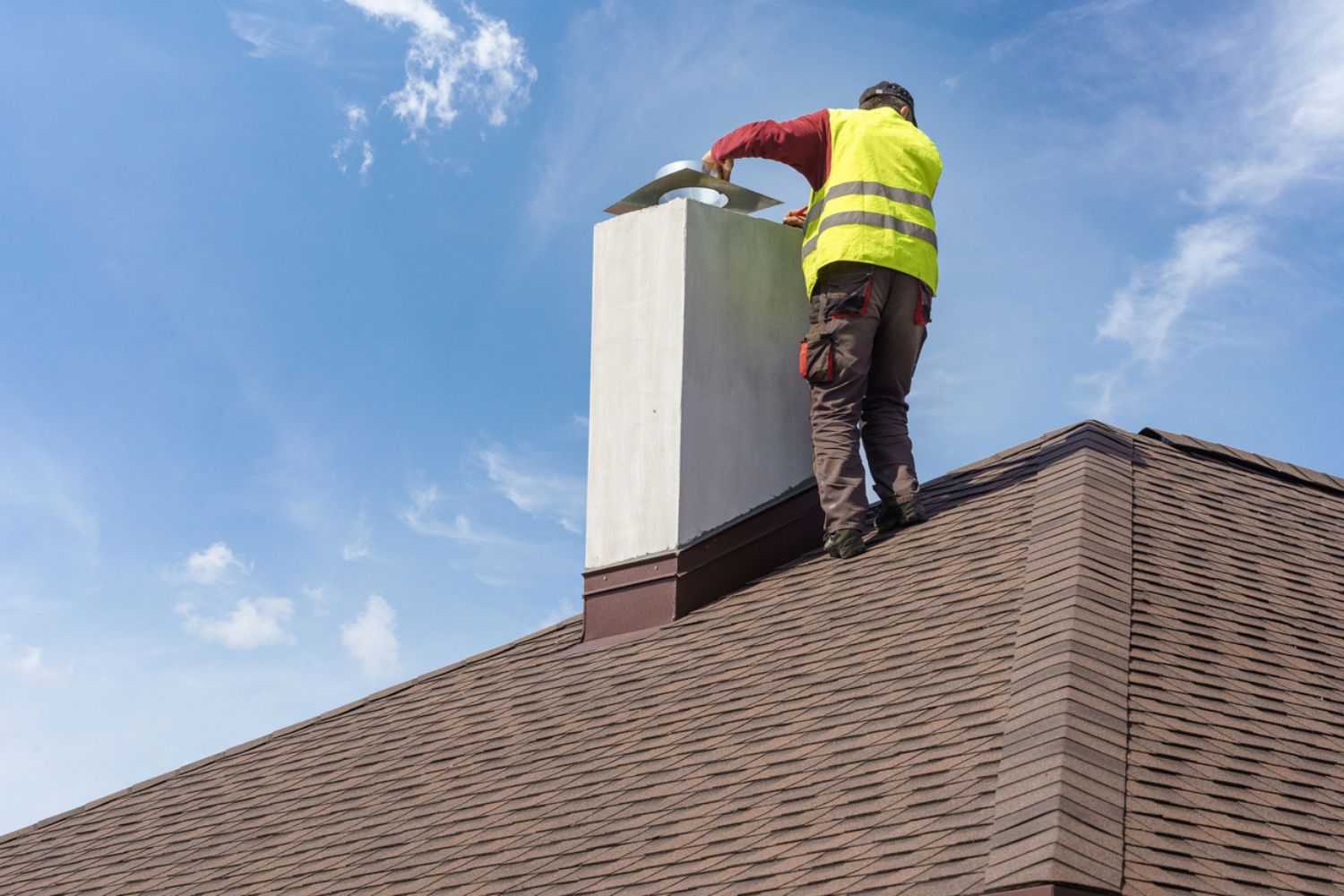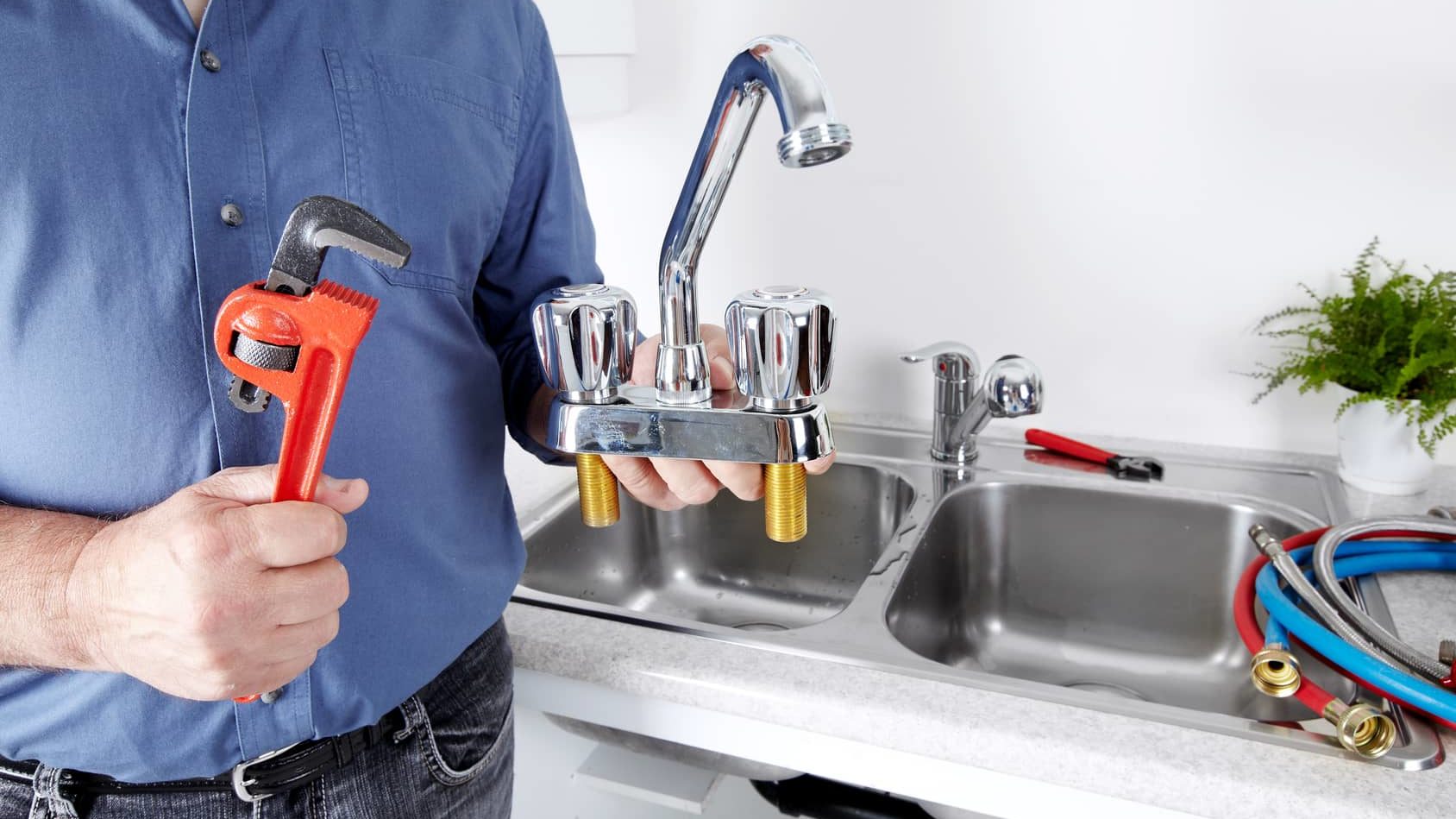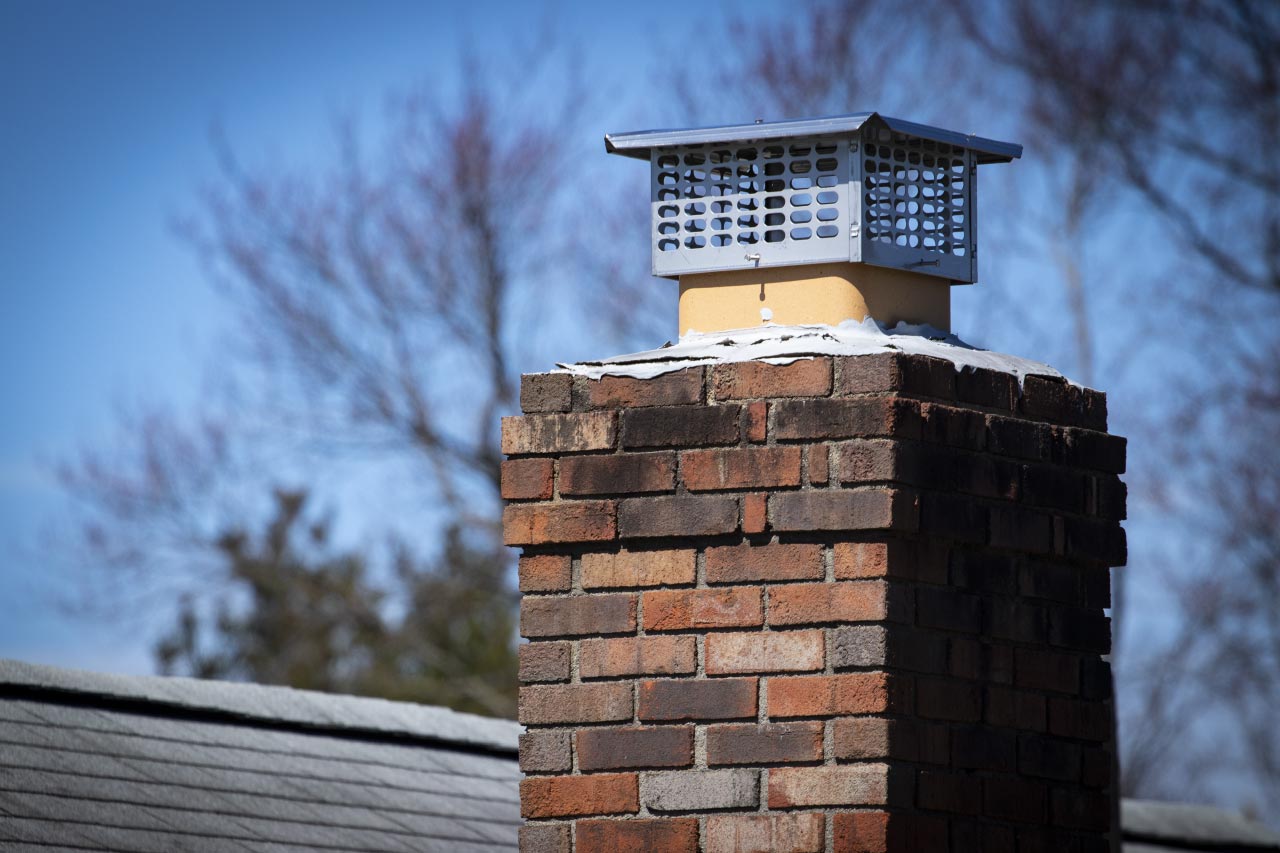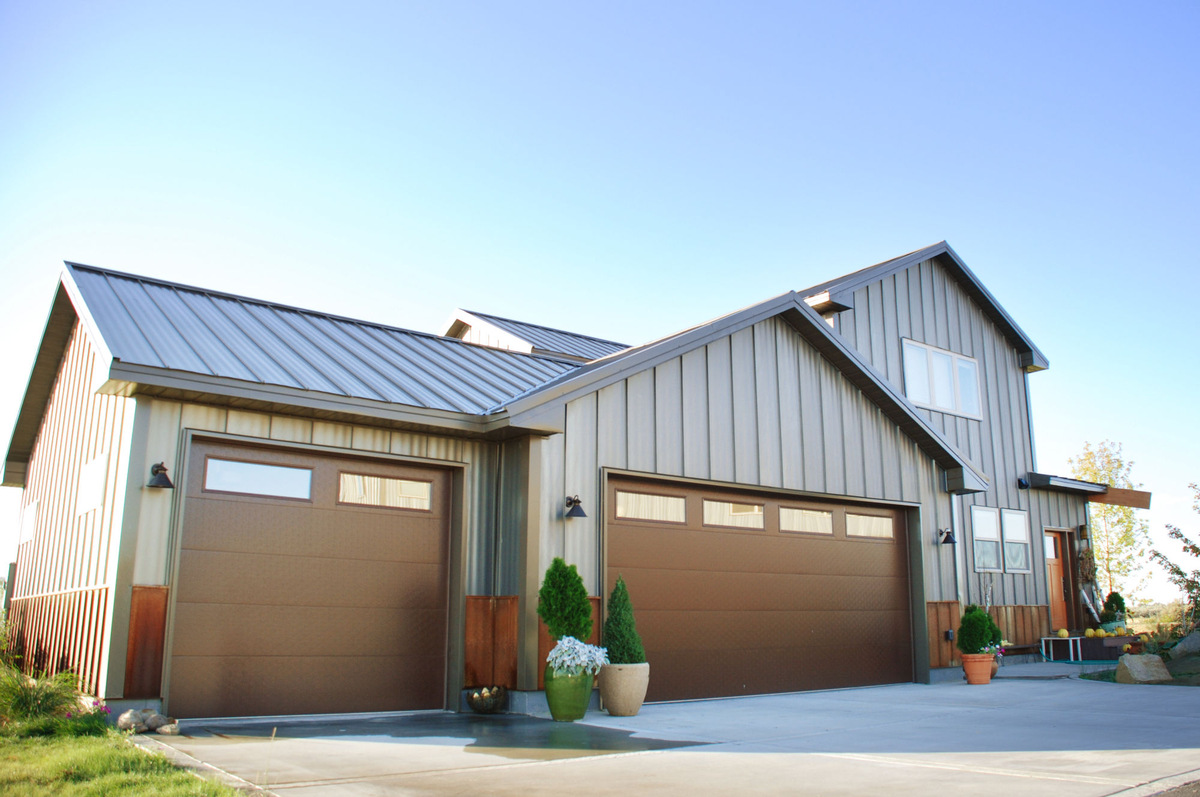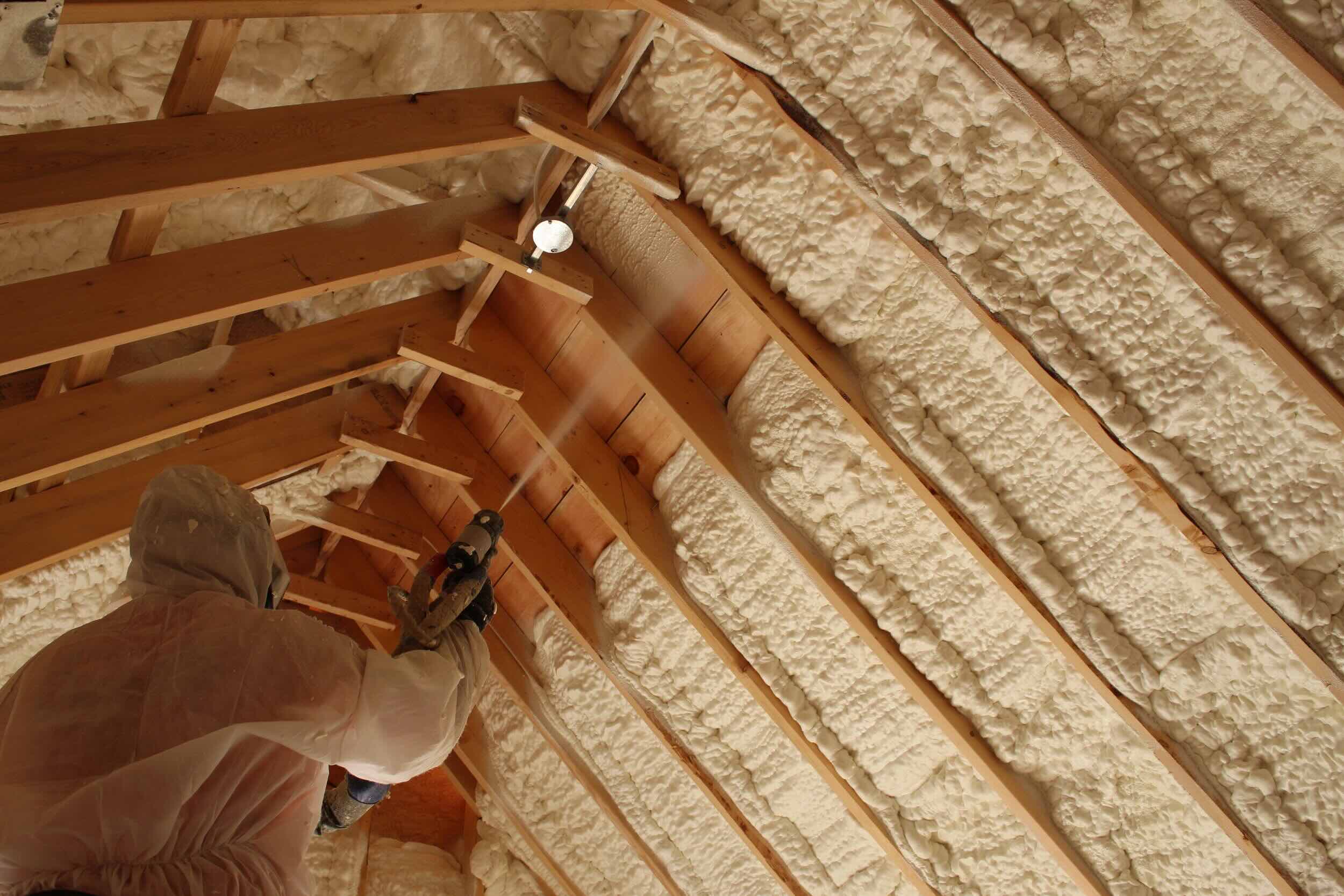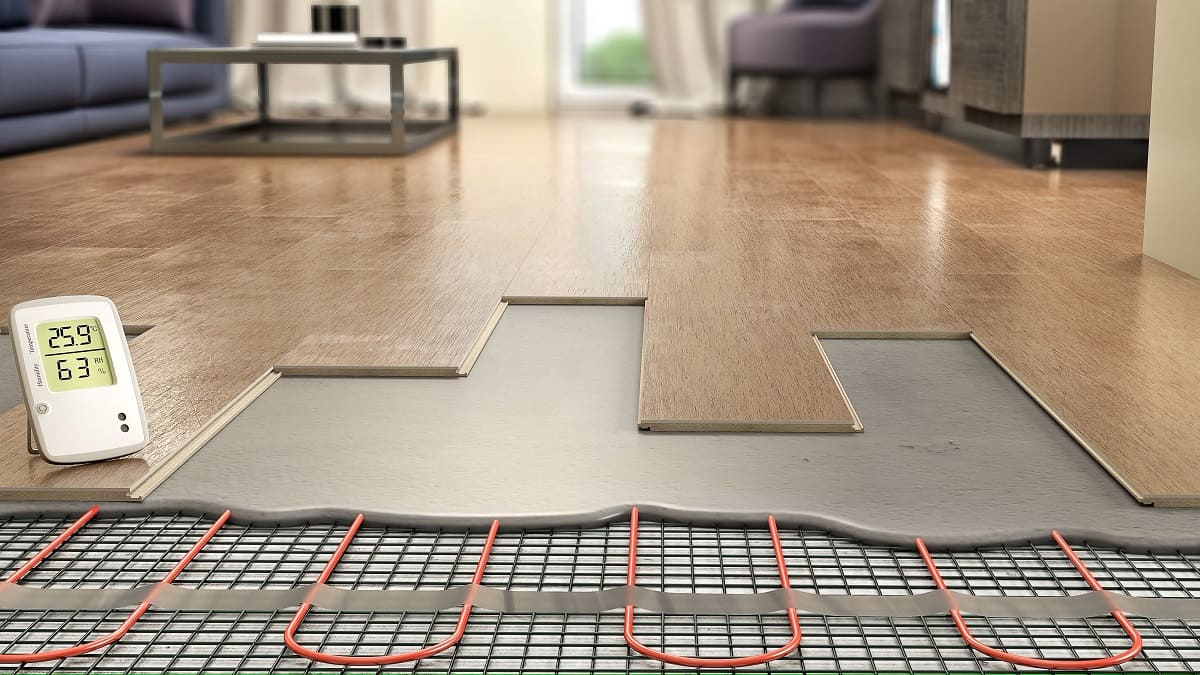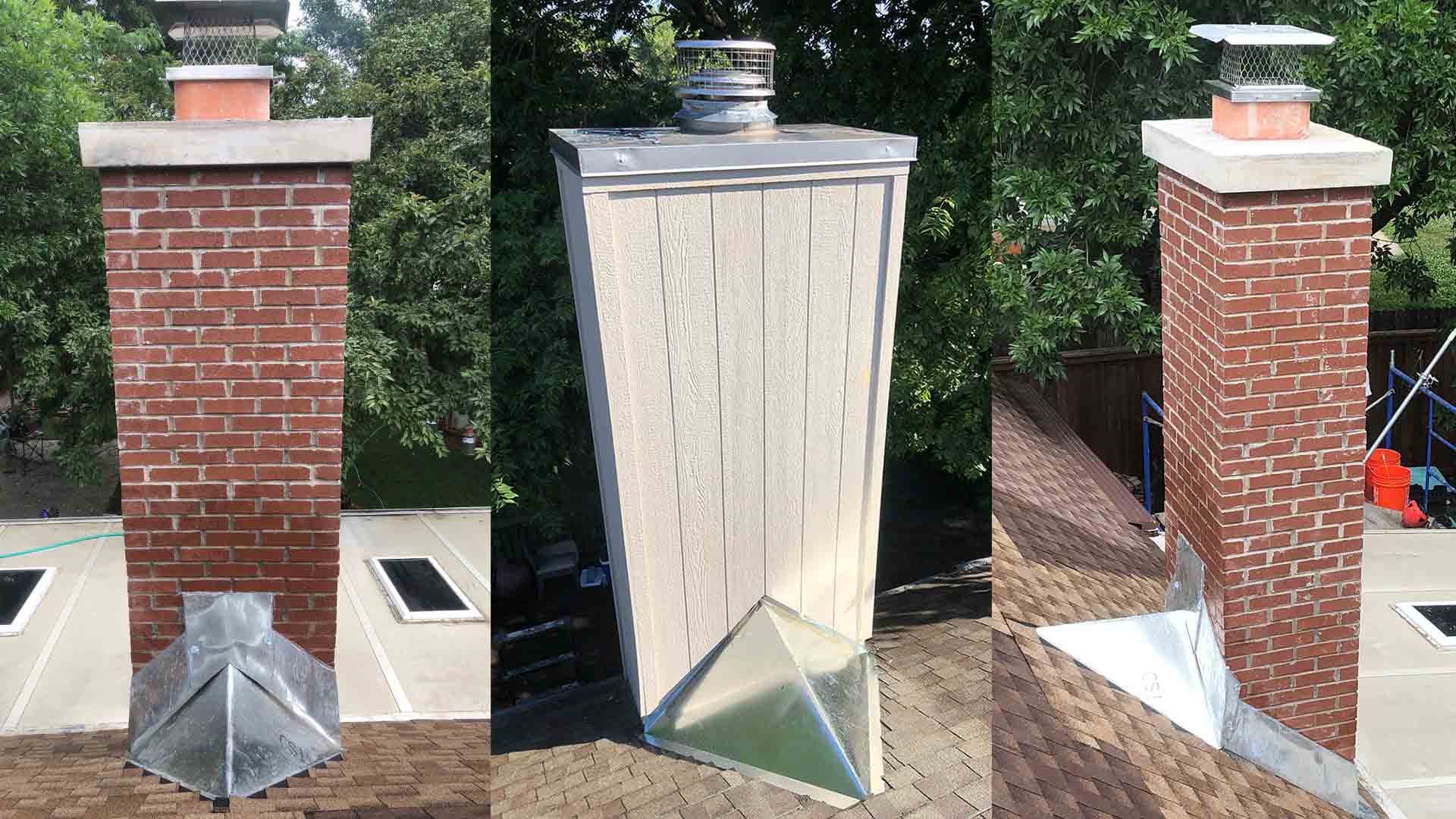Home>Home Maintenance>How Much Does Flat Tire Repair Cost
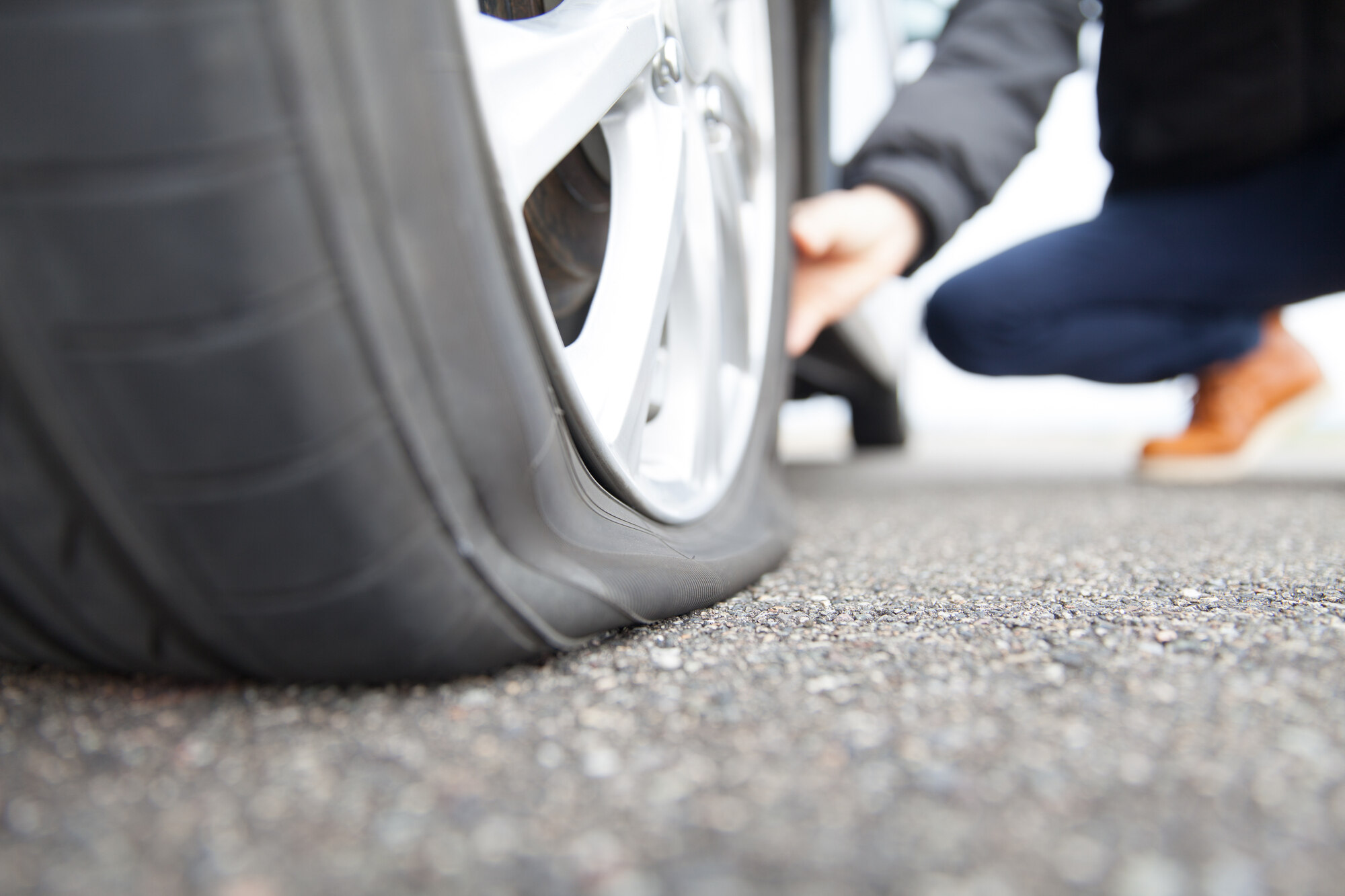

Home Maintenance
How Much Does Flat Tire Repair Cost
Modified: March 6, 2024
Find out the average cost of repairing a flat tire. Avoid costly surprises with our comprehensive guide to home maintenance expenses.
(Many of the links in this article redirect to a specific reviewed product. Your purchase of these products through affiliate links helps to generate commission for Storables.com, at no extra cost. Learn more)
Introduction
Dealing with a flat tire can be a frustrating experience for any driver. Whether you get a puncture from a sharp object on the road or your tire experiences a slow leak, it’s important to address the issue promptly to ensure your safety on the road. However, many drivers often wonder about the cost associated with flat tire repairs.
In this article, we will explore the various factors that can affect flat tire repair costs and provide an overview of the average expenses you can expect. Additionally, we will discuss the pros and cons of DIY tire repairs versus seeking professional assistance, as well as any additional costs you need to be aware of. Lastly, we’ll share some valuable tips on how to save money on flat tire repairs without compromising quality.
Understanding the factors that influence flat tire repair costs is essential when budgeting for such repairs. The type of tire, the severity of the damage, the size of the puncture, and your location can all have an impact on the final cost. Let’s take a closer look at these factors.
Key Takeaways:
- Flat tire repair costs vary based on tire type, damage severity, puncture size, and location. DIY repairs may save money, but professional assistance ensures safety and quality.
- Additional costs like tire replacement, wheel rim repair, and towing should be considered. Saving money on flat tire repairs is possible through proper maintenance and comparing prices.
Read more: How Much Does Tire Rod Repair Cost
Factors Affecting Flat Tire Repair Costs
Type of Tire: The type of tire you have on your vehicle can play a role in determining the repair costs. Different types of tires, such as standard all-season tires, high-performance tires, or run-flat tires, may have varying repair requirements and costs.
Severity of Damage: The severity of the damage sustained by the tire is another important factor. If the tire has a small puncture that can be easily patched, the repair cost will likely be lower. However, if the damage is more extensive, such as a sidewall puncture or a tire that has sustained a blowout, the repair costs may be higher or the tire may need to be replaced entirely.
Size of Puncture: The size of the puncture also affects the repair cost. Smaller punctures can often be repaired without the need for a tire replacement, while larger punctures or multiple punctures in close proximity may require a more extensive repair or even a new tire.
Location: The overall cost of flat tire repair can vary depending on your location. Repair costs may be higher in urban areas or regions with high labor and material costs, compared to more rural or less expensive locations.
While understanding the factors influencing flat tire repair costs can give you a general idea, it is important to remember that the final cost will also depend on your choice between DIY repairs or seeking professional assistance.
Key Takeaways:
- Flat tire repair costs vary based on tire type, damage severity, puncture size, and location. DIY repairs may save money, but professional assistance ensures safety and quality.
- Additional costs like tire replacement, wheel rim repair, and towing should be considered. Saving money on flat tire repairs is possible through proper maintenance and comparing prices.
Read more: How Much Does Tire Rod Repair Cost
Factors Affecting Flat Tire Repair Costs
When it comes to flat tire repair costs, several factors can influence the final price you’ll pay. It’s important to consider these factors to have a better understanding of the potential expenses involved in fixing a flat tire. Let’s delve into each of these factors:
Type of Tire: The type of tire you have on your vehicle can significantly impact the cost of repair. Different types of tires, such as standard all-season tires, high-performance tires, or run-flat tires, have varying construction and materials. Some tire types may require specialized repairs or replacement procedures, which can result in higher costs. Additionally, if your vehicle has custom or oversized rims, be prepared for potential additional costs as well.
Severity of Damage: The severity of the damage sustained by the flat tire plays a crucial role in determining repair costs. Minor issues like a small puncture caused by a nail or screw may only require a quick and inexpensive patch or plug repair. However, if the tire has suffered a more severe puncture, such as a sidewall puncture or a blowout, the repair process becomes more complex and may require a tire replacement altogether. Keep in mind that severe damage may result in higher repair costs.
Size of Puncture: The size and location of the puncture on the tire can influence the cost of repair. Smaller punctures located in the tread area are generally easier and less expensive to fix. Repair technicians can often plug or patch these punctures using specialized tools and materials. On the other hand, larger punctures, especially those near the sidewall or shoulder of the tire, may necessitate a more involved repair or even require a complete tire replacement. Larger punctures typically lead to higher repair costs.
Location: The location where you seek flat tire repair services can affect the overall cost. Repair costs tend to vary across different regions due to differences in labor and material prices. Urban areas and regions with a higher cost of living may have higher service rates compared to rural or lower-cost areas. It’s worth considering this factor when budgeting for flat tire repairs.
Additional Services or Requirements: Depending on the specific situation, there may be additional services or requirements involved in the repair process that can add to the overall cost. For example, if the flat tire has caused damage to the wheel rim, it may need straightening or refinishing, which will increase the overall repair expense. Additionally, if the tire is part of an all-wheel drive or performance vehicle, it may require specialized balancing and alignment procedures, which can also contribute to the final repair cost.
It’s important to note that the factors mentioned above are not exhaustive, and additional factors may come into play in specific scenarios. To get an accurate estimate of the cost of repairing your flat tire, it’s best to consult with a professional tire repair technician who can assess your specific situation.
Now that we have an understanding of the factors affecting flat tire repair costs, let’s move on to the next section to explore the average cost ranges for such repairs.
Average Cost of Flat Tire Repair
When it comes to the average cost of flat tire repair, several factors come into play, such as the type of repair needed, the severity of the damage, and the location. It’s important to note that these costs can vary significantly depending on various circumstances. However, we can provide you with a general idea of the price ranges you can expect for flat tire repairs.
For minor repairs, such as patching or plugging a small puncture in the tread area of the tire, the average cost can range from $10 to $30 per tire. These types of repairs are relatively quick and straightforward, requiring minimal labor and materials.
If the puncture is larger or closer to the sidewall, the repair may be more complex and may require tire replacement. In such cases, the average cost can range from $50 to $100 per tire or more, depending on the specific tire size and brand.
Keep in mind that these costs may not include additional services or requirements. For example, if the flat tire has caused damage to the wheel rim, you may incur extra costs for wheel rim repair or replacement. Additionally, if your vehicle requires specialized balancing or alignment procedures due to all-wheel drive or performance features, this can further increase the overall repair expense.
The average cost estimates provided here are based on general industry standards and are subject to change based on various factors. It’s always a good idea to obtain specific quotes from reputable tire repair shops or service centers in your area to get a more accurate estimate for your particular situation.
Now that we have discussed the average cost of flat tire repairs, let’s explore the differences between DIY tire repairs and seeking professional assistance in the next section.
Some tire repair shops offer flat tire repair for as low as $20, but the cost can vary depending on the severity of the damage and the type of tire. It’s always a good idea to shop around and compare prices before getting your tire repaired.
DIY vs Professional Flat Tire Repair
When faced with a flat tire, you may be tempted to attempt a DIY repair to save money and time. While DIY flat tire repairs can be a viable option in certain situations, there are important factors to consider before deciding whether to take on the task yourself or seek professional assistance.
Skills and Knowledge: One of the primary considerations is your level of skills and knowledge when it comes to tire repair. If you have experience with tire repairs and possess the necessary tools, you may feel comfortable tackling a minor repair, such as patching a small puncture. However, it’s essential to be honest with yourself about your capabilities and understand that more complex repairs, such as sidewall punctures or blowouts, may require professional expertise and specialized equipment.
Safety: Ensuring your safety on the road should be a top priority. Professional tire repair technicians have the expertise and knowledge to assess the overall condition of your flat tire and determine whether it can be safely repaired or needs replacement. They can also identify any potential secondary damage that might affect the tire’s performance or compromise safety. Attempting a DIY repair without the necessary skills and experience may put your safety at risk.
Time and Convenience: DIY tire repairs often require time and effort on your part. You need to have the necessary tools, such as a jack, lug wrench, and tire repair kit. Additionally, you’ll need to spend time researching the proper repair techniques and ensuring you follow them correctly. On the other hand, seeking professional assistance means you can save time and have the convenience of leaving the repair in the hands of trained technicians who can quickly and efficiently resolve the issue.
Warranty and Quality: Professional tire repair shops typically provide warranties on their workmanship and use high-quality materials. This gives you peace of mind knowing that if any issues arise with the repair, you have recourse and can return to the shop to have it rectified. DIY repairs do not typically come with any warranties or guarantees, and the quality of the repair may vary based on your skills and the tools you use.
Cost Considerations: While DIY repairs may seem like a cost-saving option, it’s important to weigh the potential risks and long-term costs. If a DIY repair fails, it may lead to more significant damage and costlier repairs, such as tire replacement or wheel rim repairs. Additionally, improper repairs can affect the tire’s performance and compromise your vehicle’s handling and safety. Considering these factors, seeking professional assistance for flat tire repairs can often provide better value in terms of safety, quality, and long-term cost savings.
Ultimately, the decision between DIY tire repairs and professional assistance depends on your comfort level, skills, and the complexity of the repair needed. If you’re uncertain, it’s recommended to consult with a professional tire repair technician who can assess your situation and provide the best course of action.
Now, let’s explore some additional costs you may need to consider when it comes to flat tire repairs.
Read more: How Much Does It Cost To Tuckpoint A Chimney
Additional Costs to Consider
When it comes to flat tire repairs, there are several additional costs that you may need to consider beyond the actual repair itself. These costs can vary depending on your specific situation and any unique circumstances related to your vehicle. Let’s take a look at some potential additional costs:
Tire Replacement: In some cases, the damage to the tire may be severe enough to require a tire replacement rather than a repair. If your tire is beyond repair or if multiple repairs have been done in the past, it may be time to invest in a new tire. The cost of tire replacement will vary depending on the tire size, brand, and any additional features or specifications required for your vehicle.
Wheel Rim Repair or Replacement: Depending on the nature of the flat tire damage, especially if the tire deflated rapidly or experienced a blowout, the wheel rim may have incurred damage as well. If the wheel rim is bent or cracked, it may need repair or replacement. The cost of wheel rim repair or replacement will depend on the extent of the damage, the type of rim, and the materials used.
Tire Balancing and Alignment: When replacing a tire or repairing a flat tire, it’s essential to consider tire balancing and alignment. Balancing involves ensuring that the weight distribution of the tire and wheel assembly is even, while alignment involves adjusting the angles of the wheels to ensure proper contact with the road. These services help optimize tire performance, improve fuel efficiency, and extend tire life. The cost of tire balancing and alignment can vary depending on the service provider and any additional requirements for your specific vehicle.
Valve Stem Replacement: If the valve stem on your tire is damaged or worn out, it may need to be replaced. The valve stem is responsible for maintaining proper air pressure in the tire and allows for inflation and deflation. The cost of valve stem replacement is relatively low, but it is an additional expense to consider during the flat tire repair process.
Towing Services: In some cases, the damage to the tire may be severe enough to render the vehicle immobile. If you’re unable to replace the tire or repair it on the spot, you may require towing services to transport your vehicle to a nearby repair facility. The cost of towing services will vary depending on the distance of the tow and the service provider you choose.
It’s important to keep in mind that these additional costs may not be applicable in every flat tire repair situation. However, it’s wise to budget for these potential expenses to ensure you’re prepared for any unforeseen circumstances that may arise.
Now that we have discussed the additional costs, let’s explore some useful tips for saving money on flat tire repair.
Tips for Saving Money on Flat Tire Repair
Dealing with a flat tire can be an unexpected expense, but there are several strategies you can use to save money on flat tire repairs without compromising on quality and safety. Here are some helpful tips:
Regular Tire Maintenance: Proper tire maintenance is crucial in preventing flat tires and minimizing the need for repairs. Regularly check your tire pressure, rotate your tires, and inspect them for signs of wear or damage. By maintaining your tires in good condition, you can extend their lifespan and reduce the likelihood of encountering flats.
Tire Warranty Coverage: When purchasing new tires, consider choosing ones that come with warranty coverage. Tire warranties can provide added protection and cost savings in case of tire damage or premature wear. Be sure to review the terms and conditions of the warranty to understand what is covered and any specific requirements for tire repairs or replacements.
Invest in a Spare Tire: Having a spare tire readily available can save you money in emergency situations. If you have a flat tire, you can replace it with the spare and have the damaged tire repaired at your convenience. However, it’s essential to regularly check the spare tire’s condition, including its air pressure, to ensure it remains in good working order when you need it.
Compare Prices: When faced with a flat tire, it’s always a good idea to compare prices from different tire repair shops or service centers. Request quotes for the specific repair you need and compare the costs along with the reputation and expertise of each establishment. Don’t solely rely on price; consider the quality of service provided as well.
Consider Mobile Tire Repair Services: Some tire repair companies offer mobile repair services, where they come to your location to fix the flat tire. This can be convenient and may save you money on towing costs. Mobile tire repair services often have competitive pricing and can provide quick and efficient repairs.
Learn Basic DIY Repairs: While complex repairs should be left to professionals, learning basic DIY tire repairs, such as patching a small puncture in the tread area, can save you money. Invest in a tire repair kit and familiarize yourself with the instructions. However, remember that not all repair situations are suitable for a DIY approach, so be cautious and seek professional help for more extensive damage.
Consider Tire Road Hazard Protection: Some tire retailers offer road hazard protection plans for an additional fee. These plans provide coverage for repairs or replacements due to punctures or other road hazards. Assess the terms and costs of these plans to determine if it’s a worthwhile investment for you.
Maintain Proper Driving Habits: Practicing good driving habits can play a role in preventing flat tires. Avoid driving over debris, potholes, or curbs that could cause damage to your tires. Also, be mindful of your speed and braking to reduce excessive wear and tear on the tires.
By implementing these tips, you can minimize the impact of flat tire repairs on your wallet. Remember that prevention and regular maintenance can go a long way in avoiding flats and reducing repair costs in the long run.
Now, let’s summarize the key points discussed in this article.
Conclusion
Dealing with a flat tire is an inevitable part of being a driver, and understanding the factors influencing flat tire repair costs is essential for budgeting and making informed decisions. Factors such as the type of tire, severity of damage, size of puncture, and your location can all impact the cost of flat tire repairs. It’s important to consider these factors and obtain specific quotes from reputable tire repair shops to get an accurate estimate for your situation.
When it comes to flat tire repair, you have the option of DIY repairs or seeking professional assistance. While DIY repairs can save you money in some cases, it’s crucial to assess your skills, knowledge, and the nature of the repair needed before attempting it yourself. Professional tire repair technicians can provide expertise, safety, warranty coverage, and save you time and effort.
In addition to the actual repair cost, there are several additional expenses to consider, such as tire replacement, wheel rim repair or replacement, balancing and alignment, valve stem replacement, and towing services if necessary. By budgeting for these potential costs, you can be better prepared for any unexpected expenses.
To save money on flat tire repairs, proper tire maintenance, warranty coverage, comparing prices, considering mobile tire repair services, learning basic DIY repairs, and maintaining good driving habits are all effective strategies. These approaches can help minimize costs while ensuring quality and safety.
In conclusion, flat tire repairs can be an unavoidable expense for drivers, but by understanding the factors influencing costs and implementing cost-saving strategies, you can navigate the process more efficiently. Whether you choose to handle the repair yourself or seek professional assistance, it’s important to prioritize safety and choose quality repairs to maintain the longevity and reliability of your tires.
Remember to regularly inspect your tires, practice good driving habits, and be prepared for any unexpected flat tire situations. By staying proactive and informed, you can minimize the impact of flat tire repairs on your budget and get back on the road with peace of mind.
Frequently Asked Questions about How Much Does Flat Tire Repair Cost
Was this page helpful?
At Storables.com, we guarantee accurate and reliable information. Our content, validated by Expert Board Contributors, is crafted following stringent Editorial Policies. We're committed to providing you with well-researched, expert-backed insights for all your informational needs.
